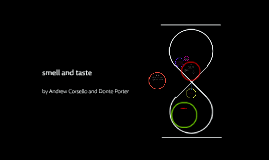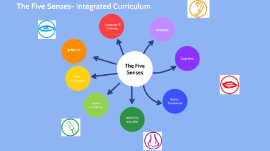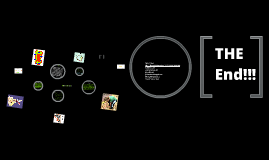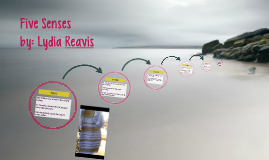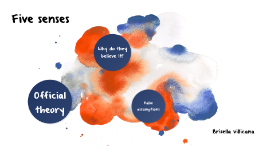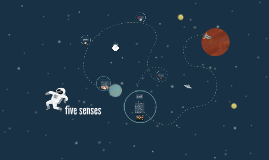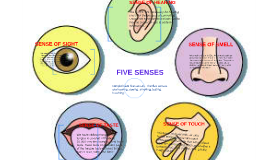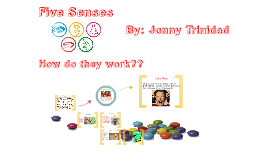Five Senses
Transcript: The Five Senses- Integrated Curriculum KWL Chart activity for: pre- K W K L The Five Senses - We have five senses: sight, smell, taste, touch, and listen - We use the senses to understand the world around us - We use our eyes to see - Our ears to hear - Our nose to smell - Our hands to touch - sometimes we do not like what we sense (such as food can be yucky, or we see something scary) - How do we taste? How can our tongue taste things? - What can we use our five senses for? - Different words to explain what we sense - What parts of the body do we use for our five senses? - What different things can we taste? - What do we use the senses for in our everyday lives? - How can we use the senses to solve problems and answer questions? - Our tongue has taste buds that help us taste - there are different words we can use to describe what we sense (such as sweet, salty, rough, hot, cold, warm, bumpy, smooth, bitter, bright, dark, spiky, etc.) -sometimes hearing different things can make us feel different things Language and Lit Language & Literacy - The five senses is a great opportunity for introducing preschoolers to adjectives - the children can explore their senses and discover the adjectives to describe them Activities: - tasting different foods and recording the descriptions (crunchy, salty, bitter, sweet, smooth) - using sensory objects to discover and record new words (Ex: This object feels bumpy) materials: - different flavored and textured foods for the taste- testing activity - books about the senses - web/ poster to introduce the class to the five senses, and the labeled anatomy behind each sense (eyes/sight) - writing and drawing supplies materials needed: Science science The Five Senses unit will mainly be science based, since the preschoolers are exploring human anatomy. - activity: the introduction to the unit: the teacher will draw a figure with missing body parts, specifically eyes, mouth, hands, or ears. The teacher will call on students to fill in the missing parts, which will lead into the five senses lesson. - activity 2: mystery bag game- students will form hypotheses and experiment Art Expression Art Expression - the five senses can link to expression, such as the connection between what we sense and how it makes us feel. - music and art project - exploring different colors - exploring how different colors make us feel and what they often symbolize social- emotional social- emotional - as explained in the last slide, our senses can trigger certain emotions. - the class can explore certain things they see and hear and explain how it makes them feel. (Ex: listen to a recording of people laughing, happy music, a sad picture, a picture of a dog playing, etc.) - They will also be introduced to understanding that not everyone has all five senses. The class can read stories and learn about people that were born without some senses (such as blindness, or deafness) and learn to understand peoples differences. Creativity and Play - Exploring the senses through self- directed play - Activity: Nature walk and writing down what they used their senses for - playing at sensory tables with different textured objects creativity and play Social Emotional Social- Emotional PK.SEL.1.b. "Appropriately names types of emotions (e.g., happy, excited, sad) and associates them with diferent words and behaviors" (p.13) PK.ELAL.24. Expresses thoughts, feelings, and ideas (e.g., role-playing, music, drawing, art work, building, writing) PK.ARTS.10.b. Explores and demonstrates awareness of the contrasts and expressive qualities of music (i.e., voice/sound quality, tone, dynamics, pitch, and tempo) Cognitive Cognitive NYS Standards for Pre-K include: "PK.PDH.1. Uses senses to assist and guide learning." (P. 10) PK.AL.3. Approaches tasks and problems with creativity, imagination and/or willingness to try new experiences PK.AL.4. Exhibits curiosity, interest, and willingness to learn new things and have new experiences Comm, Lang and Lit Language PK.AC.1.b Asks questions PK.AC.2. c. Attempts to use new vocabulary correctly PK.AC.2. d. Makes comparisons to words and concepts PK.AC.6. b. Uses existing objects to represent desired or imagined objects in play or other purposeful way c. Uses visual media to represent an actual experience d. Reviews and reflects on their own representations e. Writes and/or draws to communicate meaning with peers and adults during play






